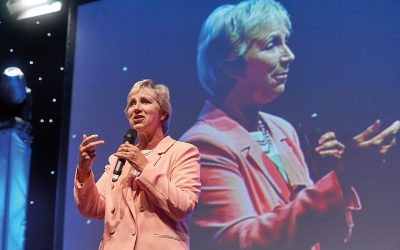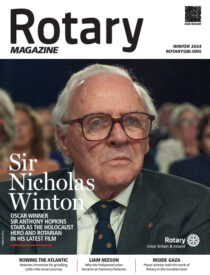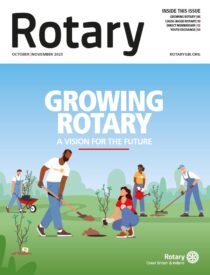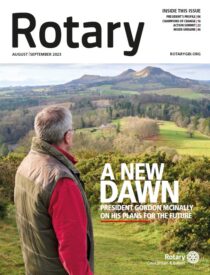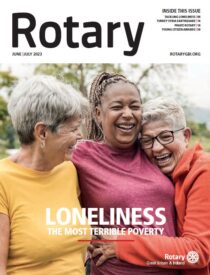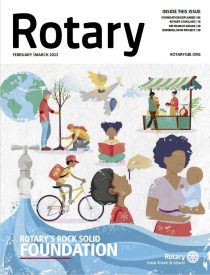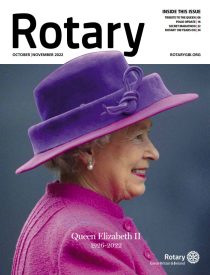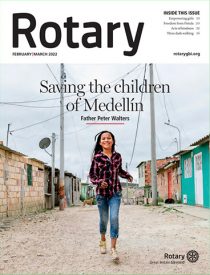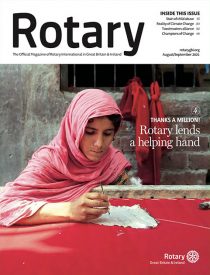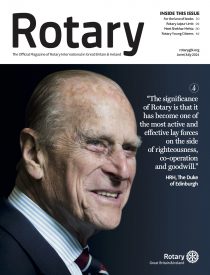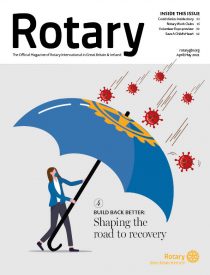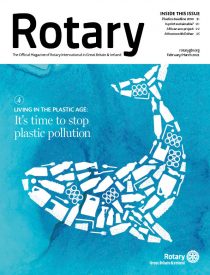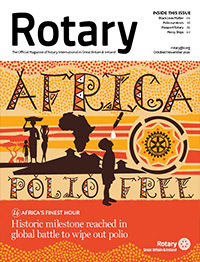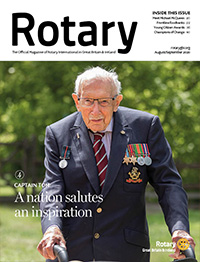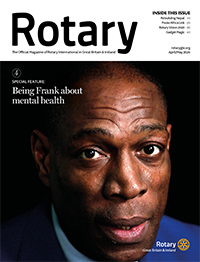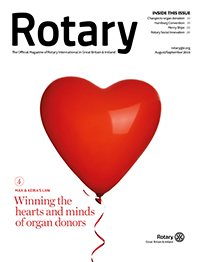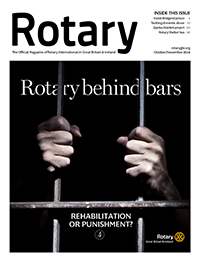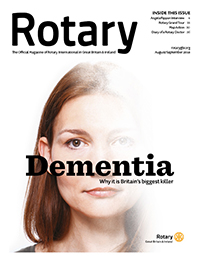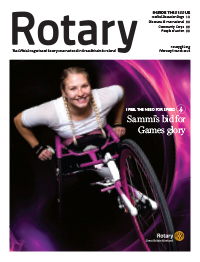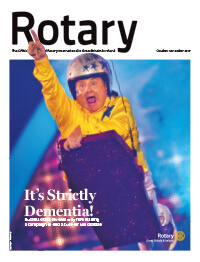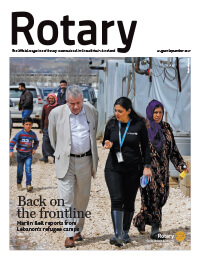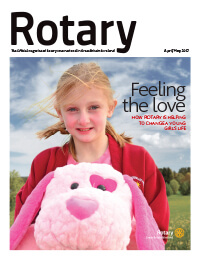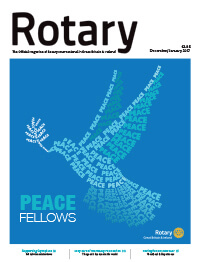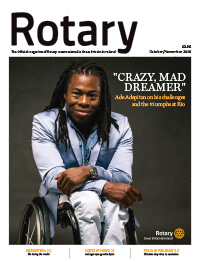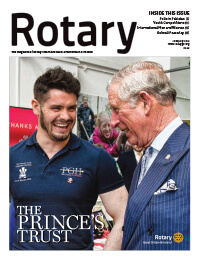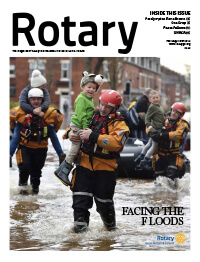Cycling Without Age was founded in Copenhagen in 2012.
It brings generations closer together by sharing experiences by bike and is now a feature in more than 1,000 care homes in 30 countries worldwide.
We were so impressed with the impact this project was having, that we wanted to do the same in the East of England, so we set about raising £7,000 to purchase and insure our first trishaw in October 2017.
These specially-designed trishaws allow volunteers to visit local care and senior citizen facilities around the community.
They also offer residents an opportunity to be a passenger on the trishaw, relive their cycling days and, once again, feel the wind in their hair.
As demonstrated in Denmark, for the elderly passengers these trips overcome isolation, they can enjoy an enhanced quality of life, create new relationships, refresh the memory of a lived life and recall places once known, as well as simply being able to sleep without sleeping pills.
In Denmark, a nursing home resident who used to spend 90 % of his time lying in his bed, is now out of bed every day, motivated simply by the trishaw rides offered on a daily basis at the care home.
A study by the University of Bath, said that low levels of physical activity in older people are linked to physical and mental health problems such as cardiovascular disease, diabetes, obesity, some cancers, dementia and a decline in physical and cognitive function.
Long periods spent in the home can also lead to feelings of loneliness and isolation among people in this age group.
Increased community involvement has the potential to reduce the risk of these health problems. It can help older people to undertake daily living activities, keep physically fit, maintain their social networks and enjoy their later life more fully.
Whenever possible, and if the person wishes, family, friends and carers should be involved in these activities.
This will help to ensure that activity is meaningful, and that relationships are developed and maintained.
Long periods spent in the home can also lead to feelings of loneliness and isolation among people in this age group.”
As has been shown around the world, a ride in a trishaw with a friend has a real impact on the residents, and is life-changing; not only for the elderly residents of care homes, but also for the volunteer pilots.
Having decided that this was a project we want to pursue, we set about raising the £7,000 to purchase our first trishaw.
We started by trying the Rotary crowd-funding route which, to be honest, was not very successful. It also cost us a lot more commission than we had expected.
So, we wrote to every local organisation that we could think of including county, district and town councils, local businesses and, of course, we applied for a District Grant.
Within three months we had raised £16,000, which was quite amazing – the project had caught the public imagination.
Each trishaw costs £6,000 per vehicle and then there is insurance and public liability.
We also received a District Grant of £1,000 towards the project.
This enabled us to not only purchase the traditional two-seater, but also the wheelchair version, plus a trailer to transport them.
We have spent the last four months fine-tuning our roots and training volunteer pilots – as the pedallers are known.
Our first official trip was on June 13th, when we led off the Women’s Cycling Tour of Great Britain, which started in Framlingham, Suffolk.
Currently, we are working solely with one care home, Mills Meadow, but we are in also discussion with another home which is three miles outside Framlingham.
We have also just started offering the trishaws as an alternative to our community cars with taking elderly residents to doctors, dentist and opticians appointments.
We have also added the day care centre in Framlingham to our list of beneficiaries. They would like us to add another day, which we will do when we get another pilot.
To date, we have averaged six people per week, some of whom are repeat trips but, with the day care centre, that number will double.
We tend to take them out for a half-hour ride once a week.
The route travels on public roads, but obviously we only go on the quiet back lanes, which is safer, but also it gives the passengers more to see.
Before this project, most of the elderly people in the care home would probably sit in their rooms or the lounge, and maybe get involved with some of the activities laid on for them – such as the weekly outings we take them on in our minibus.
Now we had something different to offer.
The manager of the home admitted that when the Rotary club first mentioned the project to her, she had no idea how big the impact would be on the residents.
Now the manager is in no doubt about the profound impact it has.
I would like to be able to buy one more two-seater to help more of the elderly who live on their own, and to get them out. That is part of our plans for next year.
We are still fine-tuning our service, but it is without doubt having an impact in the community and we would be more than happy to help any other Rotary club set up a similar project in their district.










